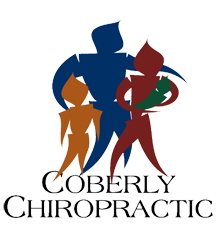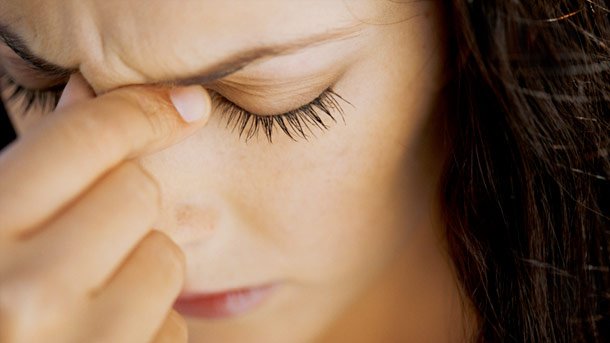5 Migraine Treatments to Avoid
At least five of the most common medical treatments for migraines are unnecessary and potentially risky, argued the American Headache Society (AHS) in the November/December issue of the journal Headache.
After performing a meta-analysis of the research and consensus of its members, the AHS recommended that patients and doctors think twice before using the following five treatments:
- Brain scans in people with stable headaches that meet the criteria for migraine.
- CT-scans should not be used when MRI is available. MRI can pick up on more conditions causing headache than CT-scans and does not expose patients to radiation.
- Surgery. Surgical deactivation of migraine trigger points is still considered experimental, and should be avoided outside of a clinical trial.
- Narcotics. Opioid and butalbital-containing pain medications should not be the first line of treatment. These pain killers are effective but can be habit forming, especially in patients with chronic pain conditions.
- Prolonged use of over-the-counter pain medications. Reaching for ibuprofen or other over-the-counter pain medications day in and day out can wreck havoc on your kidneys, liver, and stomach. There is also a real risk of medication overuse headache. The AHS recommended that patients not take over-the-counter pain medications more than twice a week.
“There are a lot of strategies that can work that are better than just grabbing handfuls of Motrin,” explained AHS president Dr. Elizabeth Loder. Biofeedback therapy teaches patients to change how their body responds to pain and physical symptoms.
Preventive strategies like having a regular exercise routine, keeping a headache journal, stress reduction techniques, and monitoring your diet for certain “headache trigger” foods can also help. Research has even suggested that regular exercise was as effective as a drug called topirmate for preventing migraine headache. Many patients also find that chiropractic adjustments can reduce the frequency and severity of their migraines.
Primary reference:
Loder, E. et al. Choosing wisely in headache and migraine: The American Headache Society’s list of give things physicians and patients should question. Headache 2013: doi:10.1177/0333102411419681. http://onlinelibrary.wiley.com/doi/10.1111/head.12233/pdf.
Secondary references:
Varkey E, et al. Exercise as migraine prophylaxis: A randomized study using relaxation and topiramate as controls. Cephalalgia 2011; doi:10.1177/0333102411419681.
By: Marissa Luck


